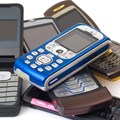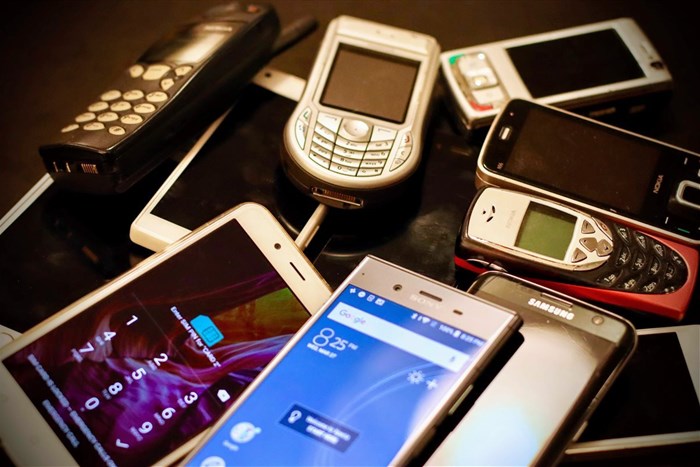
How our phones have changed our lives

Cue the nostalgia. And a very real appreciation for just how fast technology has progressed and what it now enables us to do.
I believe five of the major breakthroughs that changed phones and how we interact with them were: the launch of SMS; introduction of Blackberry Internet Service (BIS); the data evolution; Voice over Internet Protocol (VoIP) – allowing voice calls to be transmitted over the internet rather than phone lines; the rise of social media and apps; and the addition of value-added services (VAS) – services beyond standard voice calls.
In the last few years, we’ve seen serious innovations.
Let’s start with some facts on the first-ever mobile phone. It was made by Motorola in 1973, weighed 1.1kg, took 10 hours to charge and allowed for just 30 minutes of talk time.
Happy #throwbackthursday !
— Roark Tech Services (@RoarkTechServ) September 26, 2019
This is the Motorola DynaTEC 8000X - the worlds first commercially available cell phone. It is 35 years old.
How old is your phone?#dynatek #cellphone #throwback #vintage #tech #roarktechservices #managedIT pic.twitter.com/WpmPg2zLnw
What’s behind the evolution of the phone? The network
The network plays a huge role and is the backbone to powering all devices. Without an efficient network, you can’t stream or use the device to its full capacity.
Networks have undergone big changes since the first network launched commercially in 1983. 2G saw the integration of digital signals in cellular networks. 3G enabled the handling of broadband data, which allowed phones to process data-heavy apps, social networks and streaming. 4G is improving data bandwidth. 5G will facilitate even better connections and faster speeds than ever before.
How have our phones changed our day-to-day experiences of the world?
Think about what you use your phone for in 2019. Your Google or Siri voice assistant answers any question you might have – including the time of your flight or the name of the hotel you’re checking into.
Your running app tells you your heartbeat and tracks your route. Your top online shop enables you to virtually try on clothes. Your online learning portal loads up e-lectures. And your bank sends you push notifications telling you not to buy those sneaks you’re lusting over. OK, not quite yet, but probably soon.
Here are five of the big changes:
- Smartphone penetration keeps increasing as data fees start to fall: The Independent Communications Authority of South Africa’s 2019 report showed smartphone penetration has more than doubled in SA in the last two years; it now sits at over 80%
- Connectivity impacts education and employment: Increased access means more people can access learning materials online, anywhere, any time. It also impacts employment. For example, more startups harness the power of technology to ‘matchmake’ employers with employees, to combat unemployment in South Africa
- There’s been a change in the entertainment landscape: A 2019 Hootsuite report shows South African cellphone owners spend an average of three hours and thirty minutes on the web each day, which is higher than the global average. In total, 40% of us have active social media accounts – WhatsApp and YouTube are the two most popular platforms – and 48% of us stream content online
- We’re working differently: More and more people are operating out of office as businesses bring in flexi-time and work from home days. Additionally, entrepreneurs, freelancers, ‘slashers’ and contract workers are working in very different ways. More connectivity and faster internet speeds facilitate this
- Connected devices are now the norm: A Forbes article cites a prediction that by the end of 2019, there’ll be 26 billion connected devices around the world.
Some of the top trends for this year? Forbes suggests:
- Voice control will continue with more innovations like Alexa
- Edge computing will evolve, with algorithms that run on the ‘edge’ of a network becoming capable of carrying out their own computation. For example, a security camera spotting suspicious activity and only sending that footage to the cloud for processing
- AI will get even better as identifying data outliers – AKA things outside the norm that could either indicate a risk or an opportunity for improved efficiencies
So, what will the future look like?
There’ll be more focus on virtual reality, augmented reality (where computer-generated perceptual information enhances a real-world experience) and artificial intelligence. We’ll also increasingly have all our devices connected through the internet of things, with our phones potentially acting as a master ‘remote’ of sorts.
We’ll have voice assistants that answer our emails and organise our meetings and put the coffee machine on in the mornings.
About Hazel Chimhandamba
View my profile and articles...




